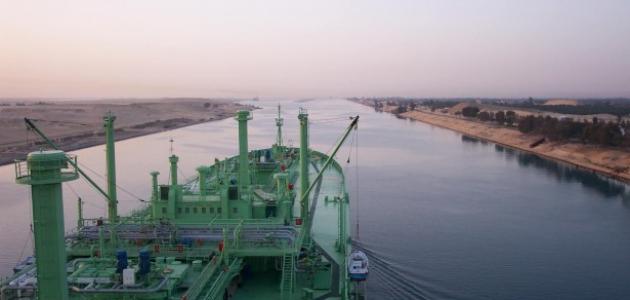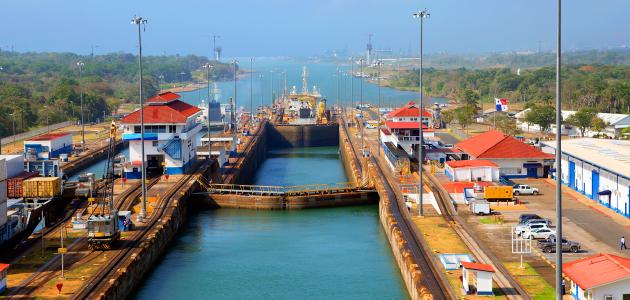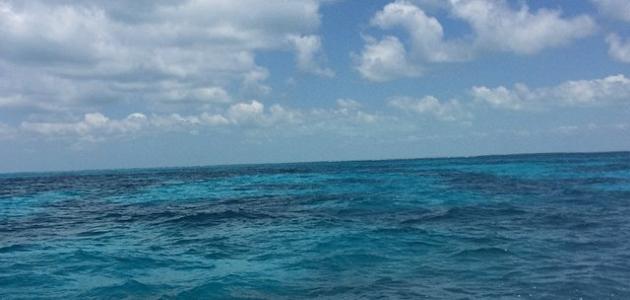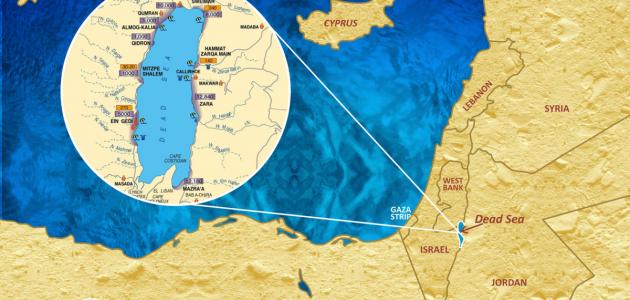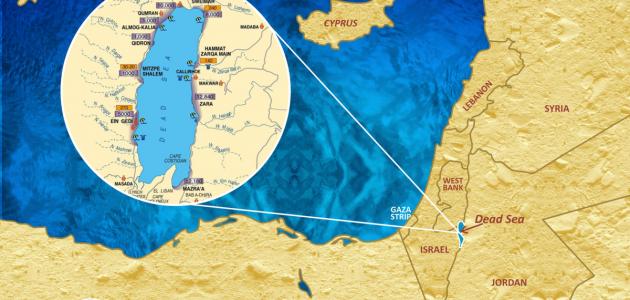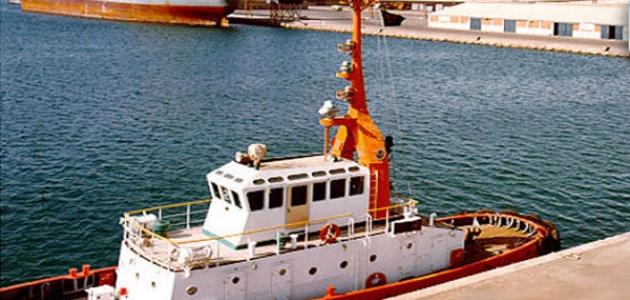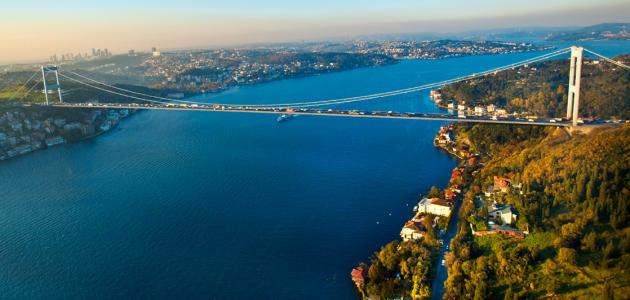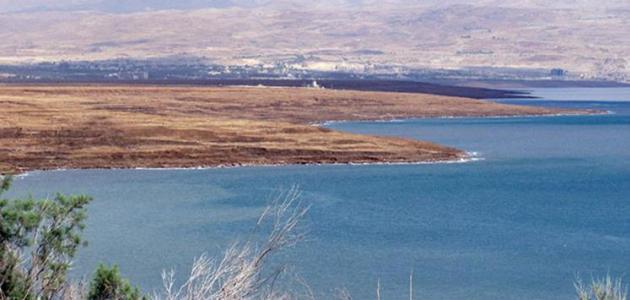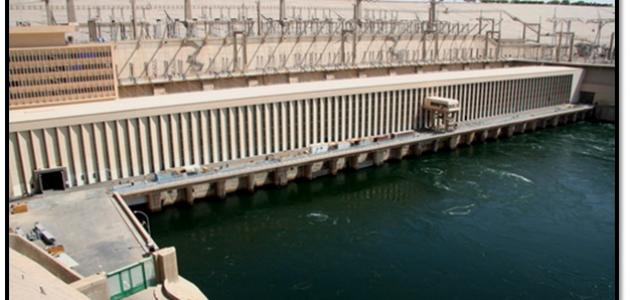Suez Canal website
The Suez Canal is located in the north of the continent of Africa, southeast of the European continent. The Suez Canal extends from north to south through the Isthmus of Suez region located in Egypt, making it the separator between the Sinai Peninsula and the rest of the Egyptian lands. It also forms a separator between the African continent and the continent of Asia, and the Suez Canal connects The Suez Waterway connects the Mediterranean Sea with the Red Sea. In addition, it is the shortest waterway for transportation from the European continent to the lands overlooking the Indian Ocean and the Western Pacific Ocean.
The importance of the location of the Suez Canal
The Suez Canal plays an important role in maritime transportation because of its distinctive geographical location. It is the link between the Atlantic Ocean and the Mediterranean Sea via the Strait of Gibraltar to Port Said Governorate, the link between the Indian Ocean and the Red Sea via the Strait of Bab al-Mandab, and the road connecting the Gulf of Suez and the Port of Suez. Based on the geographical location of the Suez Canal, the canal constitutes a short water route to connect the northern and southern ports of the same canal, which helped save time, reduce the cost of operating ships, and ration fuel consumption. It is also considered the shortest water route between the east and the west, which facilitated the process of Transporting goods via water between European countries and countries on the African continent, as well as between the countries of the Middle East and the countries of the Far East, and thus contributed to reducing the financial cost and reducing the time required to transport goods. Before the establishment of the Suez Canal, the process of shipping goods was difficult, as ships were forced to cut off all the southern regions. From the continent of Africa via the Cape of Good Hope road to reach its destination.
Read also:Where is the Sea of Darkness located?Egypt regained its activity and geographical importance thanks to the Suez Canal, making it the focus of the world map and emphasizing its importance in the Arab East region. The Suez Canal also achieved economic advancement for Egypt by increasing the importance of the coastal ports located there, such as the Port of Suez and the Port of Port Said. It also contributed to reducing pressure on The port of Alexandria and the port of Damietta. From a tourism standpoint, the Suez Canal gave importance to some inland cities in Egypt. Given the region’s moderate climate and the picturesque nature that characterizes the Suez Canal governorates, the region attracted tourists to practice various activities in it, and the canal played a role in supporting life. Residents of the region, it directed them to work in fishing, trade, and work related to port movement. It also contributed to the urban revival of some abandoned areas, and helped deliver fresh water from the Nile River to the Ismailia region, reaching the Suez Canal governorates north and south to the Mediterranean and Red Seas.
Geography of the Suez Canal
The Suez Canal extends in a low area located between the Red Sea and the Gulf of Al-Farma. This low area includes a diversity of geographical terrain, as the canal passes through a group of water lakes such as the Great Bitter Lake, Crocodile Lake, and Lake Manzala. The natural environments in the Suez Canal area are also diverse, as they are: The coastal environment, the desert environment, and the agricultural environment.
The nature of the land through which the Suez Canal runs varies from one region to another. The layers of land in Port Said are formed from sedimentary soil resulting from the accumulation of Nile silt that reached the canal from Damietta. This soil extends for a distance of forty kilometers to Qantara in the south. As for the middle area of the canal; That is, the distance between the Qantara and Kabrit consists mostly of sand, while compact soil covers the southern area of the canal. This soil is interspersed with rocky veins of sandstone in some places and calcium stones in other places.
Read also:The reason for naming the Red Sea by this nameClimate of the Suez Canal
The climate of the Suez Canal is generally described as a humid climate, with moderate temperatures most times of the year and low rainfall rates, as mid-October witnesses the first possibility of rain, and chances of precipitation decrease at the beginning of January, with no snowfall in the region. The wind speed is moderate, with a speed of 8.3 knots in the month of April, and its maximum speed reaches about 15.2 knots in the month of March. On the other hand, humidity levels reach their highest levels in the month of November at about 57.7%, and it tends to dry in some months, especially in the month of November. May, in which the relative humidity reaches 41%.
The Suez Canal region witnesses a difference in weather elements from one season to another. In the spring, temperatures range between 33.3-21.6 degrees Celsius, and the chances of rain fall tend to be non-existent, making it a warm season suitable for practicing tourist activities, unlike the summer season in which rates decrease. Tourism in the region is due to the high temperatures, as the month of July records the highest temperatures, reaching 36.9 degrees Celsius during the day and 23.9 degrees Celsius at night. The autumn season in the Suez Canal is very similar to the summer season, as temperatures range between 34.5-24.3 degrees. Celsius, with high humidity and winds and no chance of rain, while the winter season enjoys moderate temperatures ranging between 23.2-19.3 degrees Celsius, with small chances of rain.
Read also:What is the tongue of the sea?